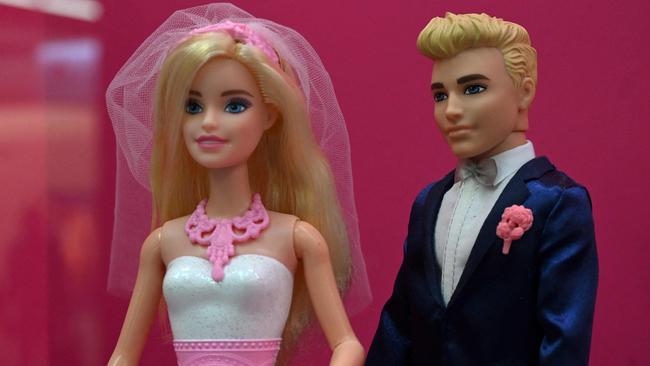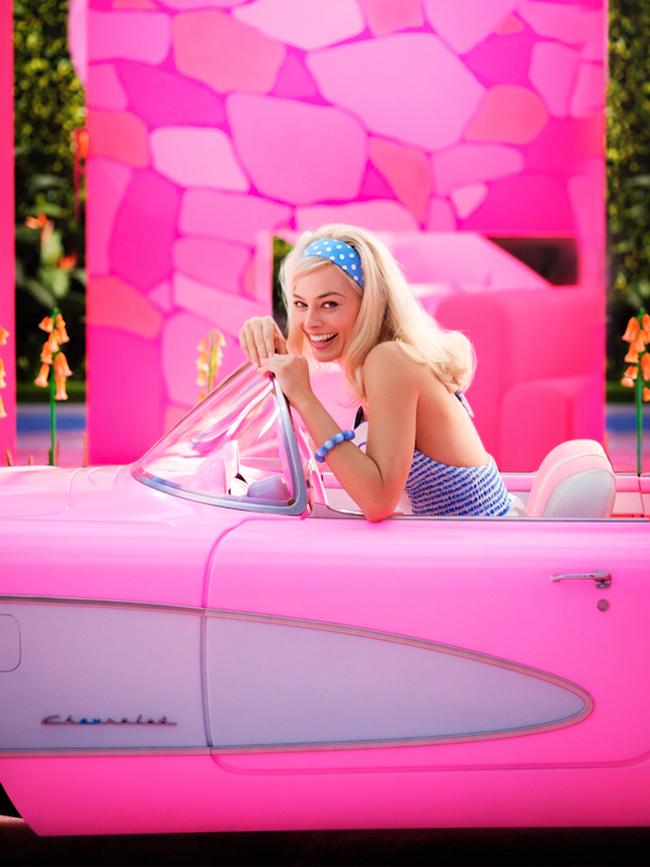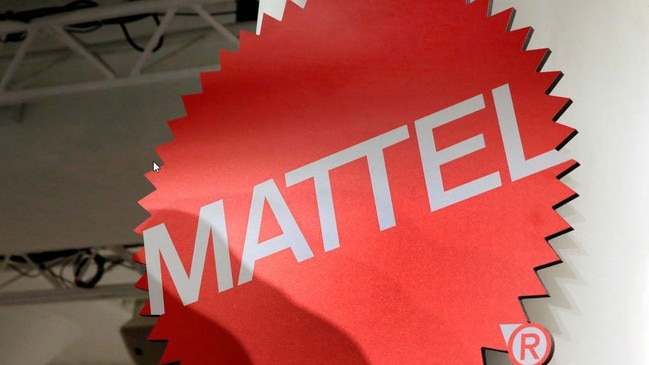Will Barbie give Mattel’s toy story a happy ending?
Amid its latest warning and admission its woes span far beyond Barbie’s dream house, the plastic princess maker must stop playing with investors.

Move over, Elon Musk. Take a hike, Jerome Powell. There’s a new figure moving markets.
Neither Tesla’s chief executive nor the US Federal Reserve chairman were in the frame on Thursday when the shares of an American multinational dropped by 11 per cent. Instead, Wall Street was weighing up its confidence in an altogether different figure: Barbie.
Mattel, the doll’s manufacturer, was widely considered to be back on track. Not only had the 78-year-old toymaker won back a lucrative contract to sell Disney’s princess dolls, from Cinderella to Frozen’s Elsa, it also was preparing for its most famous face to feature in a highly anticipated blockbuster.
With Barbie due to grace the big screen this summer in a cinematic adaptation starring Margot Robbie, investors had assumed that a boost in sales would follow. After a turbulent decade, 2023 was expected to be a turning point in Mattel’s recovery.
So when the group warned that its adjusted earnings could drop by as much as 7 per cent this year to as low as $900 million - and this after profits and revenue had fallen short of forecasts in the past quarter - the optimism surrounding its prospects was sorely tested.
After a warning from Hasbro, a rival American toy company, shareholders had been braced for Mattel to outline a weaker end to the year. “But I must say, results were astonishingly bad,” Linda Bolton Weiser, a senior analyst at DA Davidson, said. Operating profits failed to reach even half those expected.
As the group delivers its Disney princesses to stores and awaits Barbie’s arrival in cinemas, “it’s disappointing to see the outlook for flattish sales and an ebitda [earnings before interest, taxes, depreciation and amortisation] decline in 2023”, Bolton Weiser said. “Management had previously said they thought the company could grow.”

Mattel, based in El Segundo, California, says it’s embroiled in woes that span far beyond Barbie’s dream house. As autumn turned to winter, inflation and fears of recession took their toll. While the toy sector typically is more resilient than others during downturns, demand dropped sharply in October and November, prompting retailers to hold clearance sales.
“As we look ahead to 2023, we continue to foresee a period of vola- tility and macroeconomic challenges impacting consumer demand,” Ynon Kreiz, Mattel’s chairman and chief executive, conceded last week. That was an unusually subdued assessment from Kreiz, who took over five years ago. On his watch, the business has sought to draw a line under years in the doldrums by revitalising the design of its toys, growing its franchises and ensuring it exploits the “full value” of intellectual property, a slate that includes Barbie, Hot Wheels cars, Barney the Dinosaur and Thomas the Tank Engine.
“Until Ynon came in, there was not really a consistent message,” Jaime Katz, senior equity analyst at Morningstar, said. After years of executives coming and going, “he came in with the willingness not to be tied to any of the decisions that prior management made and had the flexibility to make some choices that might have been difficult for previous leaders”.
The toymaker has sought to ensure its existing portfolio remains relevant in the 21st century and to branch out into new lines. Last year it struck a deal with Musk’s SpaceX to create toys “inspired” by the rockets business.
To pave the way for a more lucrative future, Kreiz, a former executive at Fox and Endemol, recognised that Mattel had to reckon with its recent past. In 2014, the business lost the licence to make Disney’s princess dolls. Having worked with the House of Mouse throughout its history, it was humiliated when Hasbro was handed the contract.

Winning it back last year enabled Mattel to highlight its renewed focus on design. Its “reimagined” range of princesses started to hit the shelves last month.
“This is one of the crown jewels of the toy business,” Chris Down, Mattel’s chief design officer, told The Wall Street Journal. “When we won it back, it was a huge triumph. People were crying around here.”
But patching up its toy business is only the start. Central to Mattel’s recovery in recent years has been the hope that its own franchises can provide the foundations for expansion into new areas. Some analysts drew comparison with Hasbro, which has become a significant player in television and film after its 3.3 billion pounds acquisition of Entertainment One in 2019. While Mattel emphasised that external forces were responsible for its disappointing outlook this year, the forecast nevertheless prompted scrutiny of its internal strategy. More than a decade ago, when it was first announced that a live-action Barbie film was in the works, such adaptations turbocharged toy franchises from Transformers to Lego; today, five months before its release, some analysts are reserving judgment.
“There’s been a lot of chatter over the past few years around movies,” Katz said. “When are we going to see these movies? When are we going to be able to quantify what impact that has? Is it going to be as meaningful as when Hasbro did Transformers? Or is content now so pervasive for kids that that’s not going to be as valuable as it used to be? We’ve never really seen it from Mattel.”
Last May shares in the group scaled their highest levels since 2017, before losing ground. They have subsequently retreated by a third and closed at $18.44 on Friday.
This year, once expected to be a key step in its revival, is now seen as a hurdle for Mattel to clear. Its strategy will boost sales and profits “beyond 2023”, Kreiz sought to assure investors. In a market dominated by apprehension of what’s lurking around the corner, persuading investors to come and play is no mean feat.
The Times






To join the conversation, please log in. Don't have an account? Register
Join the conversation, you are commenting as Logout